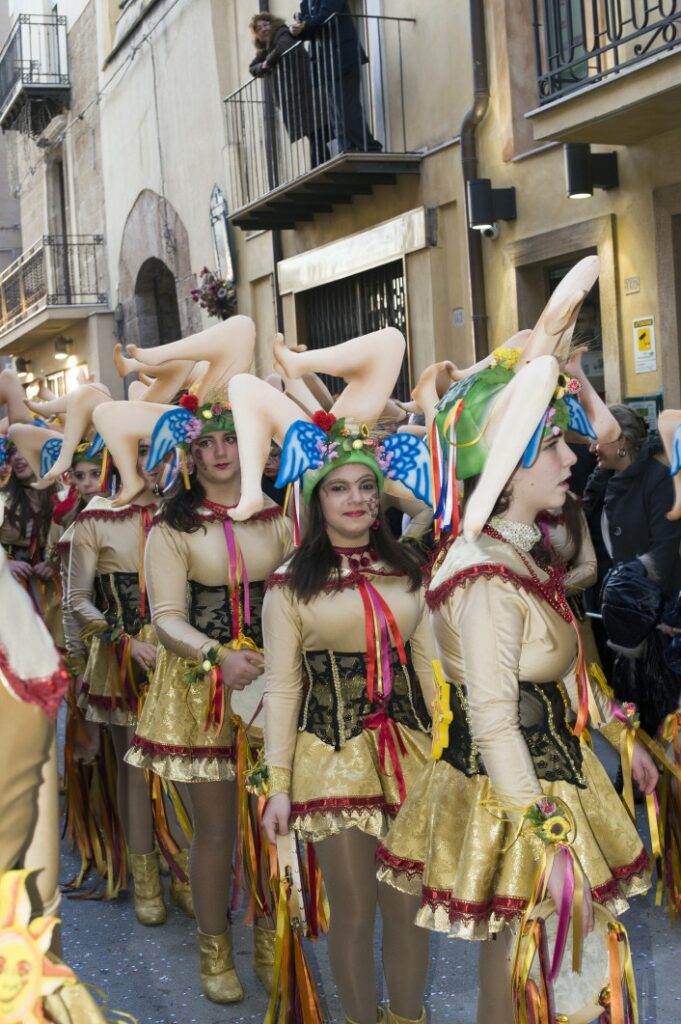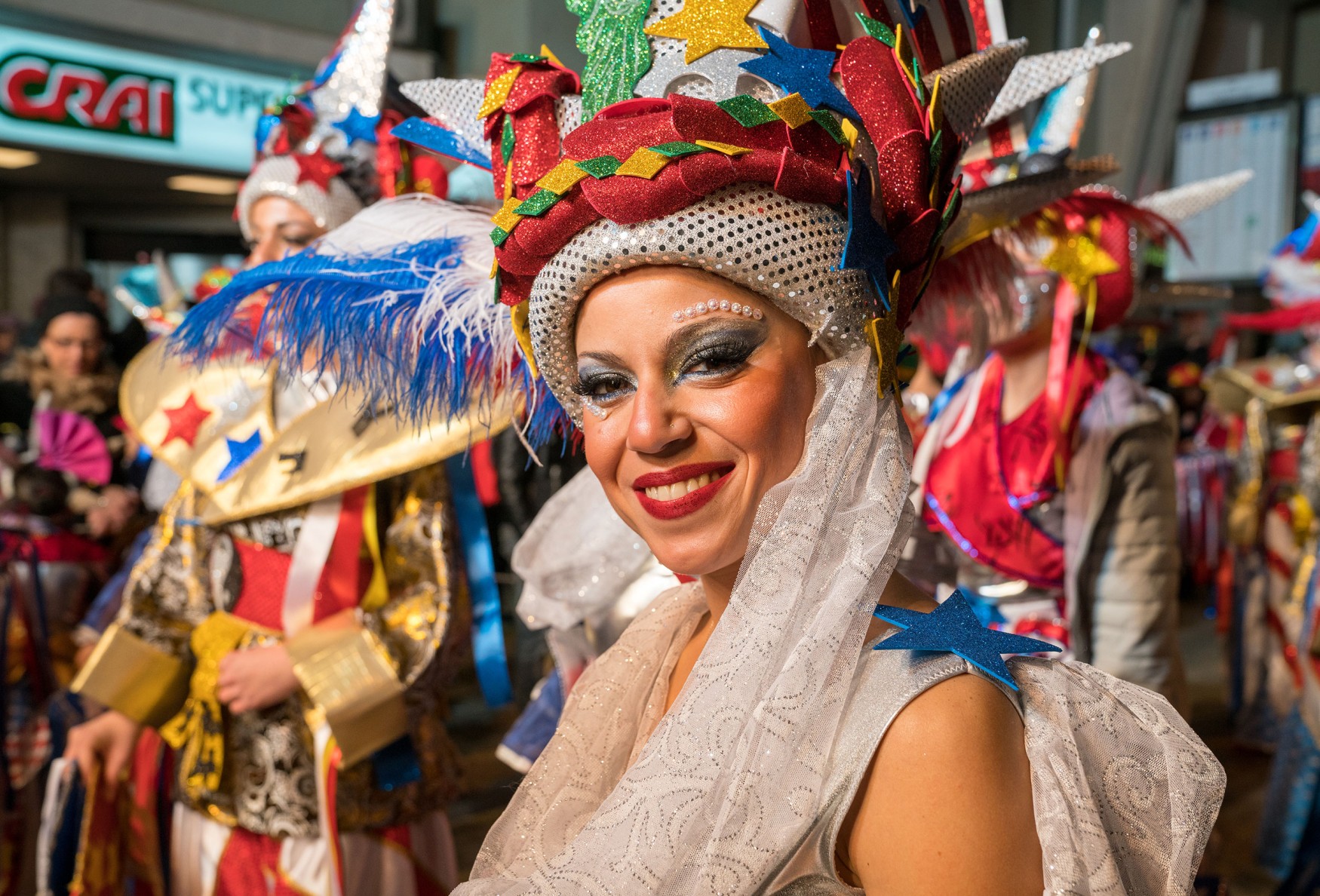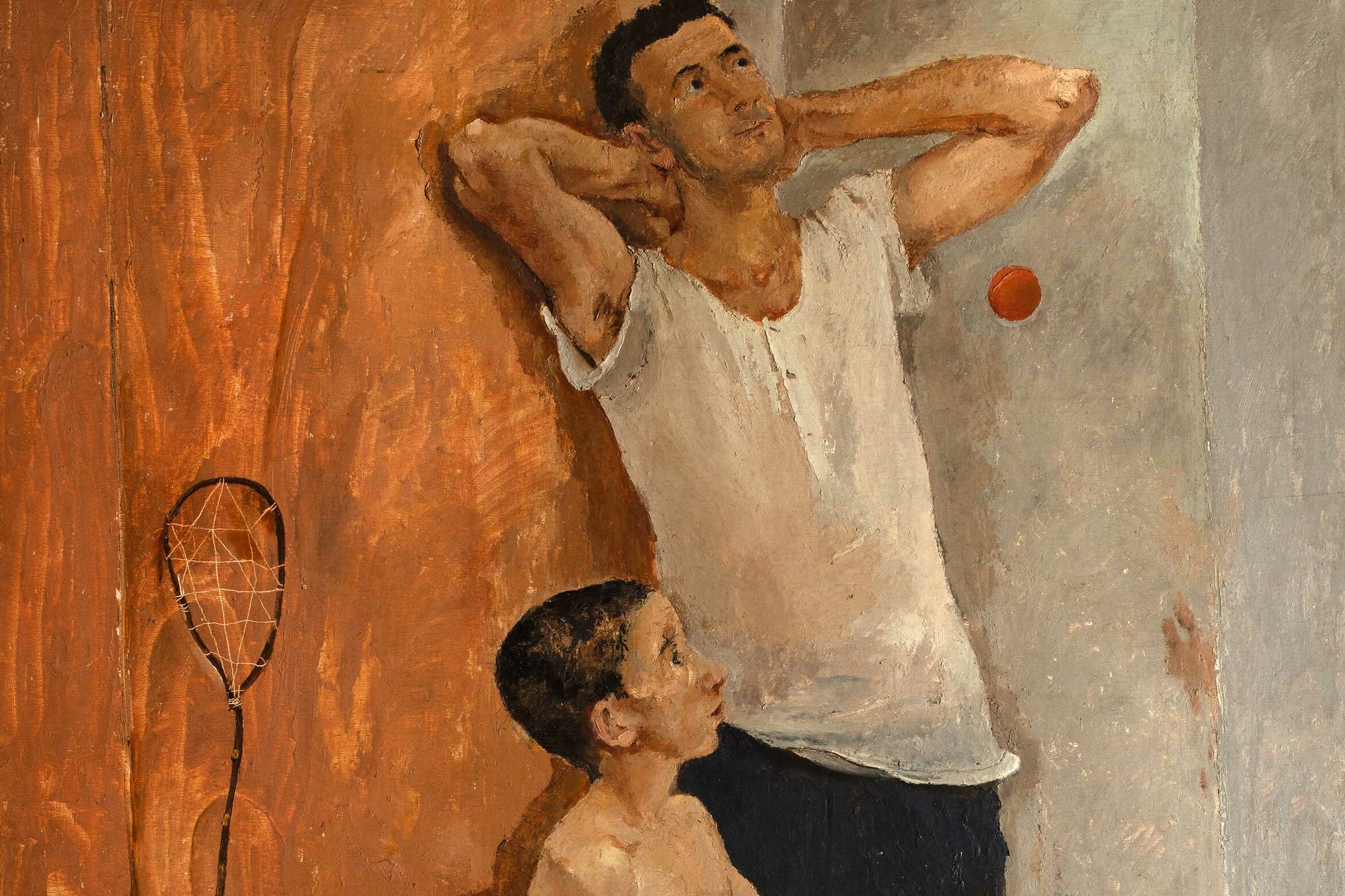The term Carnevale stems from the Latin expression carnem levare, which roughly translates to an urging to abstain from eating meat. Indeed, the day after Mardi Gras, the climax of Carnival, marks the beginning of Lent, a period extending until Easter, when one can again indulge freely. Meanwhile, Carnival is celebrated with festivities designed for fun, masquerading, and the joy of breaking away from the winter chill. The celebrations are characterized by pure joy and revelry, including parades of floats, the distribution of food (especially meat), and various side events all aimed at entertainment.
In Sicily, as in the rest of Italy, many towns celebrate Carnival, some boasting the oldest traditions. For several days, towns such as Acireale, Misterbianco, Paternò, Belpasso, and Bronte in the province of Catania; Sciacca in the province of Agrigento; Mezzojuso, Corleone, and Termini Imerese in that of Palermo, along with the capital city itself; Palazzolo Acreide in the province of Syracuse; Chiaramonte Gulfi in that of Ragusa; and Taormina, Novara di Sicilia, and Francavilla di Sicilia in that of Messina, come alive. Their streets fill with grand floats, children, and adults in costumes throwing confetti and streamers, creating a colorful carpet along the parade routes. Jokes, merrymaking, and loud and obnoxious noises – which might be intolerable at other times of the year – are not only accepted but welcomed during these days. The heightened sense of being a central part of the festivities means that the noise is seen as a key element of the celebration.
Each of these Carnivals has its own iconic mask, dating back to its inception. In Sciacca, as well as in Palermo, the central character is known as Peppe Nappa. Considered one of Sicily’s oldest and most significant masks, its roots trace back to the days of the ethnologist Giuseppe Pitrè, who mentioned it in his Biblioteca delle Tradizioni Popolari Siciliane in 1889. However, some speculate its origins may reach as far back as 1616. Sciacca Carnevale, initially, was a popular costume party, abundant with various masks, where indulgence in food – sausages, cannoli, and copious amounts of wine – was the norm. Later, elaborate floats and parades through city streets were introduced.
On Fat Thursday, the day when Carnival begins, Peppe Nappa takes the lead in the float procession, symbolically receiving the keys to the city. It’s a time-honored tradition that, throughout the parade, wine and grilled sausages are distributed from Peppe Nappa’s float. On Fat Tuesday evening, the culmination of the festivities, Peppe Nappa’s float is ceremoniously burned in the town square. Recognized as Sicily’s oldest – though this claim is debated – and Italy’s most vibrant, the Sciacca Carnival has been designated as a Historic Carnival of Italy by the Ministry of Culture. During Carnival, Sciacca transforms into a stage for artistic performances, featuring floats, dancers, actors, and musicians, all complemented by the enthusiastic participation of locals and visitors alike, who become integral to the festivities.

Those acquainted with Termini Imerese know that the town is divided into lower and upper sections. As such, the Carnival festivities traverse both areas, offering a diverse range of events and concerts in addition to traditional celebrations. This year, it all started on Sunday, February 4th, at 4:30 pm, when the customary handing over of the Keys to the City to u Nannu cá Nanna – typical Carnival masks of Termini – kicked off the scheduled festivities. Throughout the week,
visitors can expect school visits, musical performances, and entertainment shows, culminating in the arrival of the “Nanni” on Saturday afternoon, leading the procession of floats and marching groups, followed by choral performances in the evening.
Sunday afternoon will once again see the grand procession of floats and “foot-walkers,” led by the traditional U nannu e a Nanna. The evening will crescendo with captivating performances by showmen and singers, treating the audience to a lively concert, followed by a DJ spinning Carnival tunes.
On Tuesday the 13th, the climax of the festivities, the spirited foot-walkers and the iconic Nanni float will wind their way through Upper Termini, converging at Piazza Duomo, the city’s bustling heart. Here, a vibrant spectacle of music and entertainment will unfold on the grand stage. Later, from the steps of the Town Hall, the crowd will gather to hear the time-honored Testamento read aloud, before the evening concludes with dazzling performances and a spectacular fireworks display.
In the 2024 edition, the cherished tradition of bringing the Nanni to Palermo for a special visit will be revived. On Fat Tuesday, symbolic of the Carnival’s essence, the central mask will ceremoniously meet its fate in flames, marking a symbolic farewell to the old year. Notably, the female presence of the Nanna, unique to Sicilian Carnivals, symbolizes fertility and the enduring cycle of life, immortalized by these original papier-mâché masks crafted in the late 19th century by an anonymous Carnival artisan. Today, these cherished vestiges of the past continue to grace the Carnival procession with their timeless charm and tradition.
While Carnival is a celebration deeply rooted in Catholic and Christian traditions, its origins trace back to pagan rituals such as the Roman Saturnalia or the Dionysian festivals honoring the god Bacchus in ancient Greece. Nevertheless, its essence remains unchanged: a quest for carefree joy, a sentiment that seems increasingly elusive in today’s world. It’s easy to reflect on the myriad challenges we face today, perhaps more numerous than even fifty years ago: from global conflicts to the scourge of bullying and the sadly frequent occurrence of femicides in Italy. Let us then embrace these few days of wholesome revelry, let us all don disguises and revel in the sheer joy of living.
In this spirit, let us recall the words of Lorenzo de’ Medici from a 15th-century poem: Quant’è bella giovinezza/ che si fugge tuttavia!/ Chi vuol essere lieto sia/ Di doman non c’è certezza.
(How beautiful is youth/ fleeting though it may be!/ Let those who wish to be happy, be so/ for tomorrow holds no certainty).





























